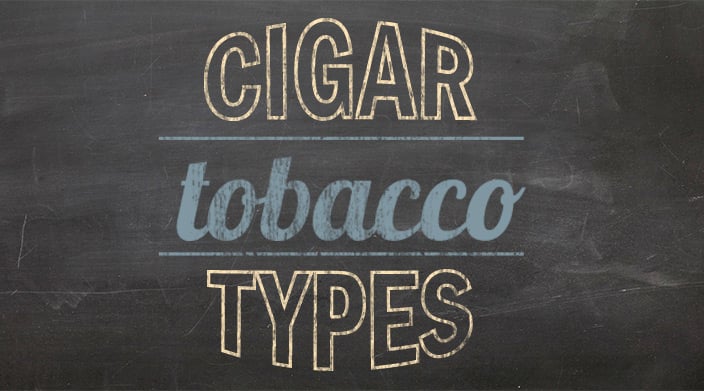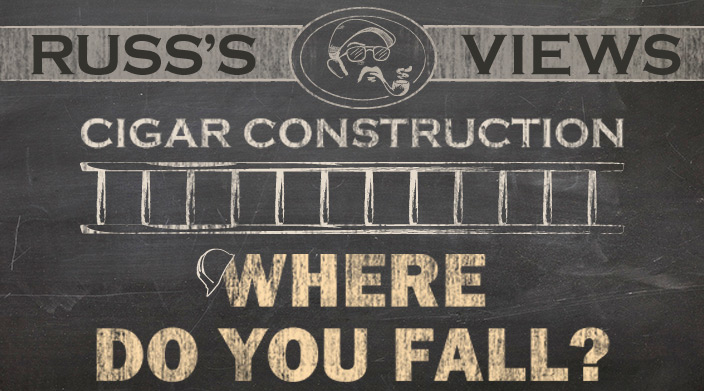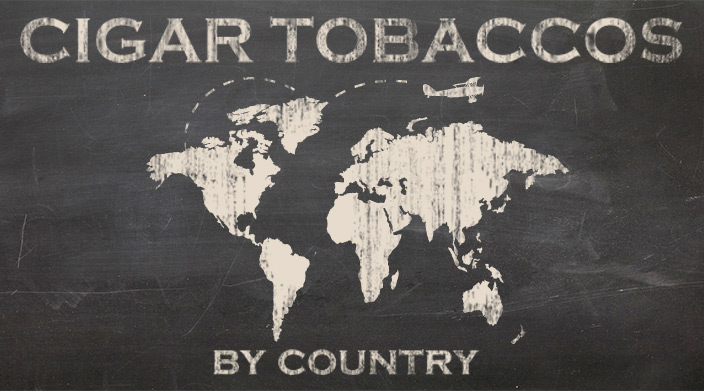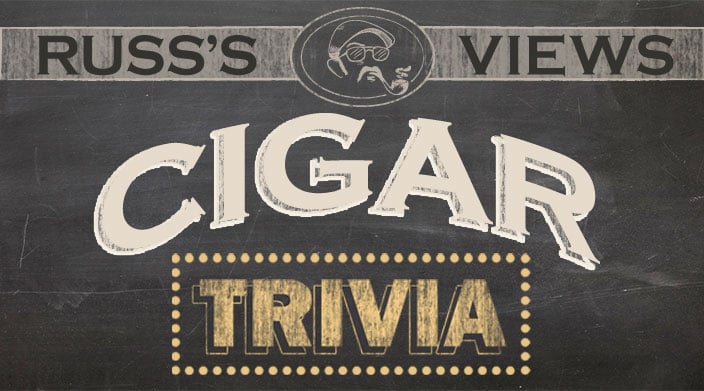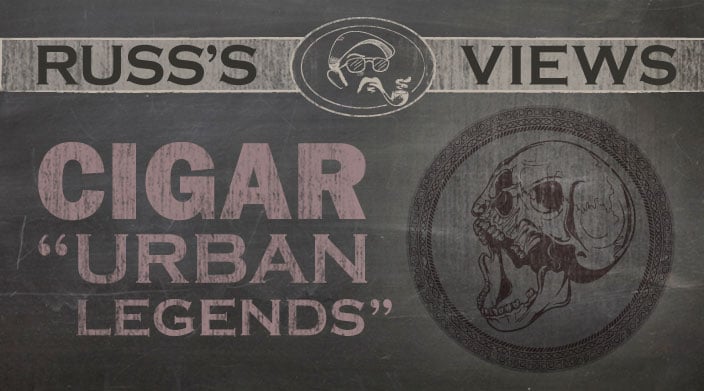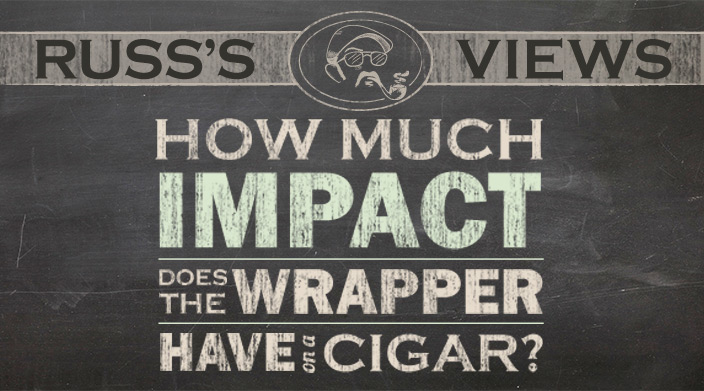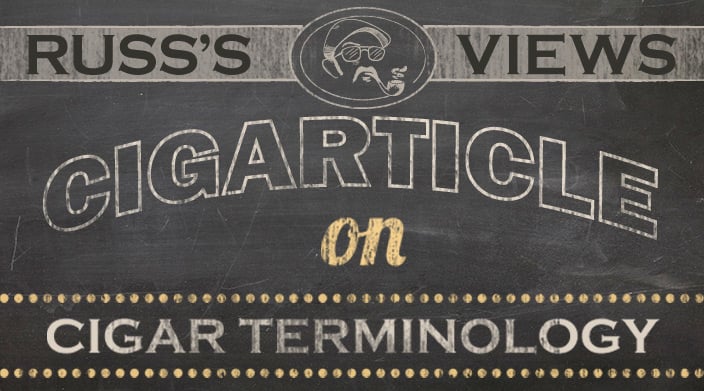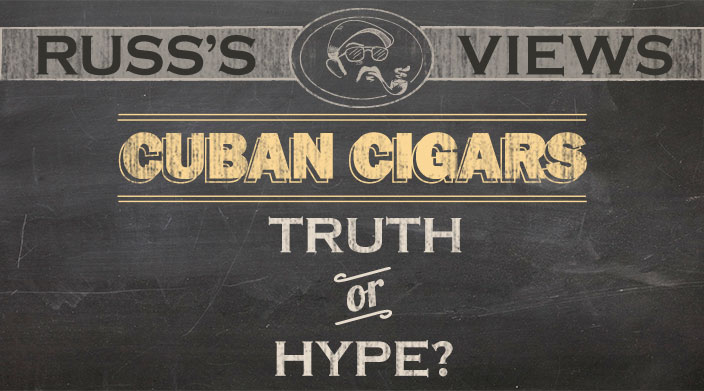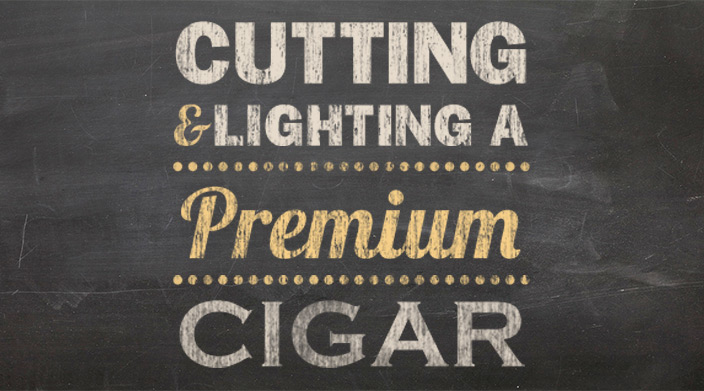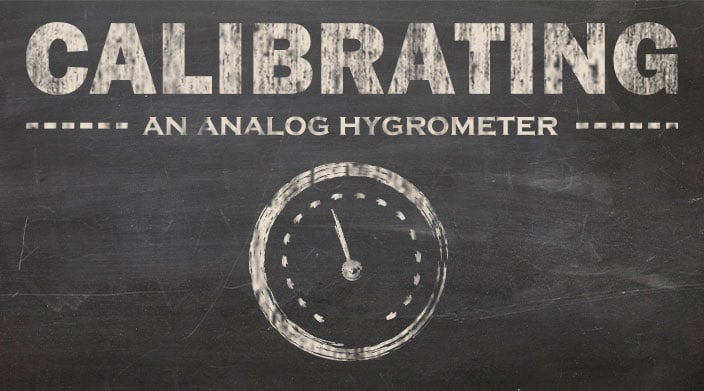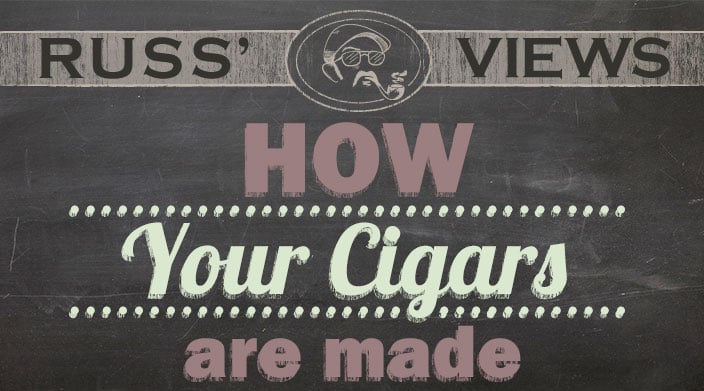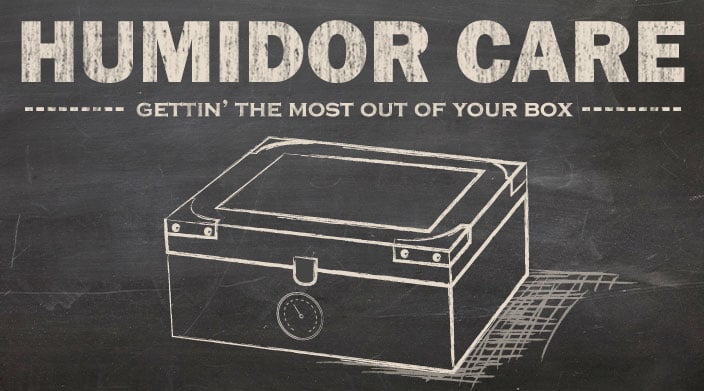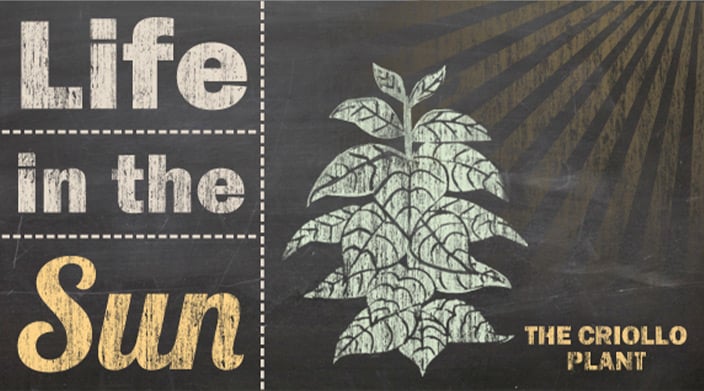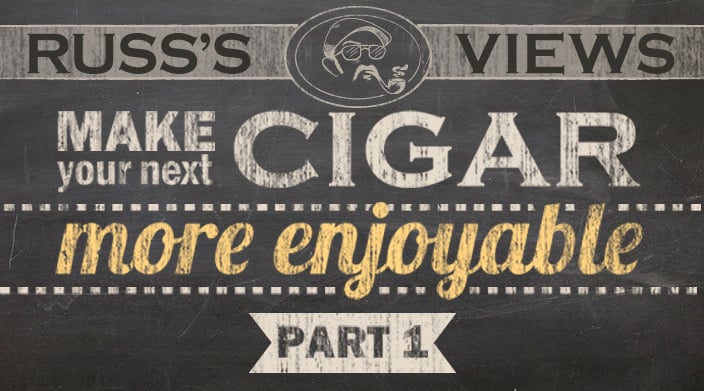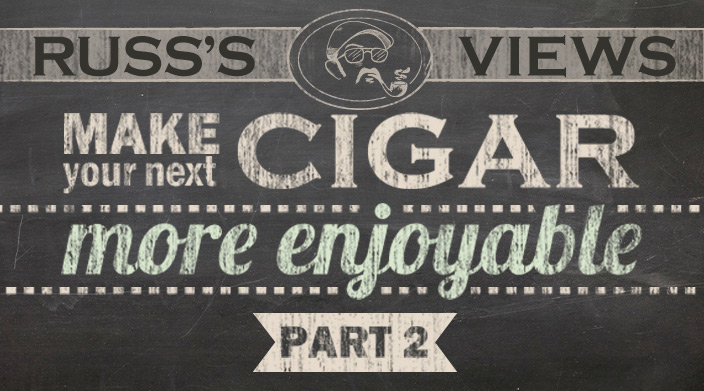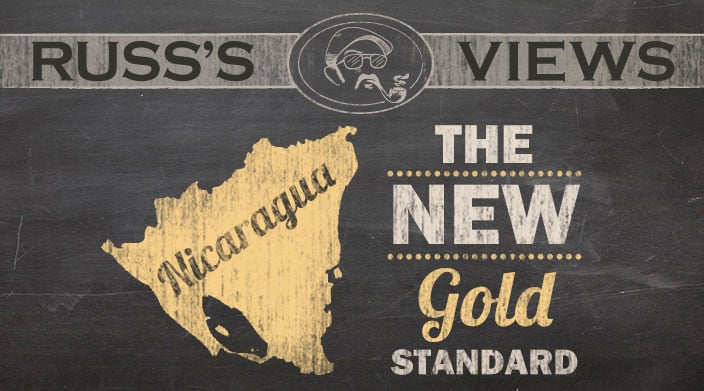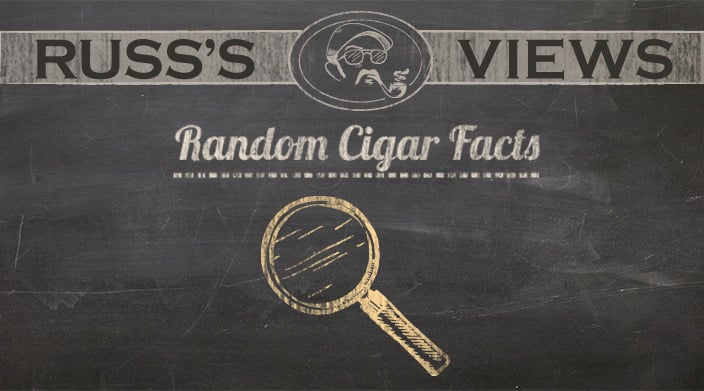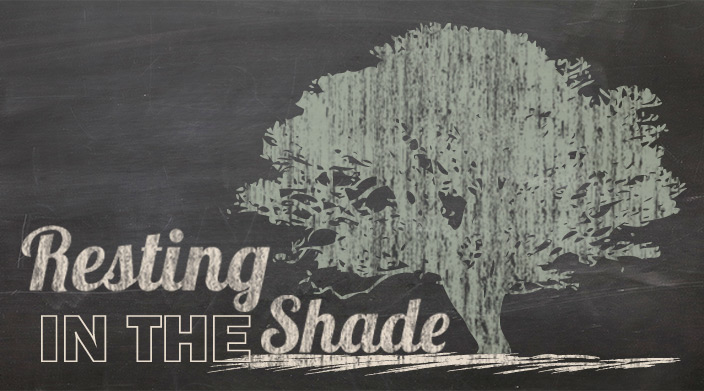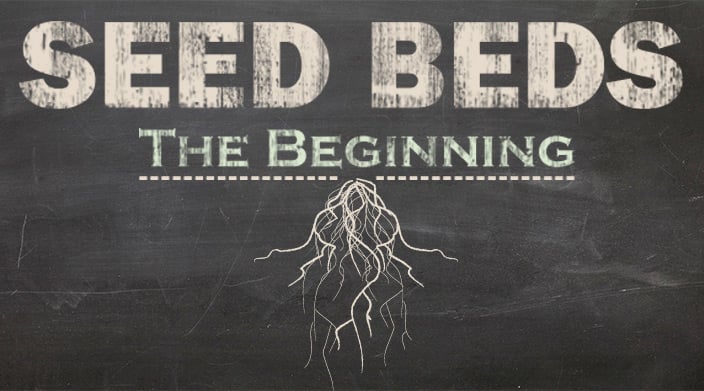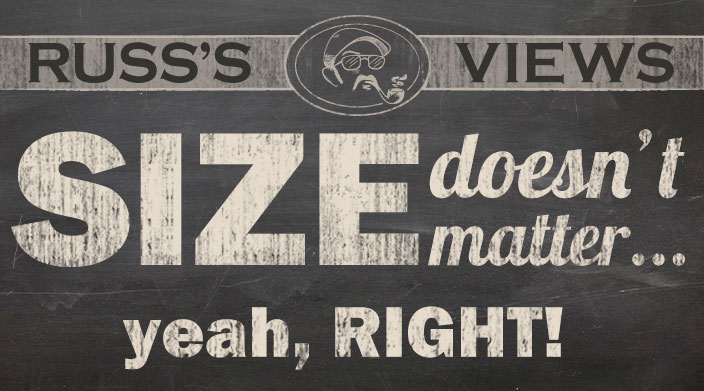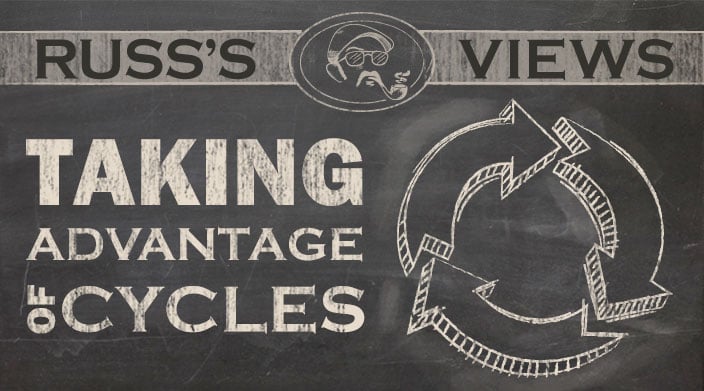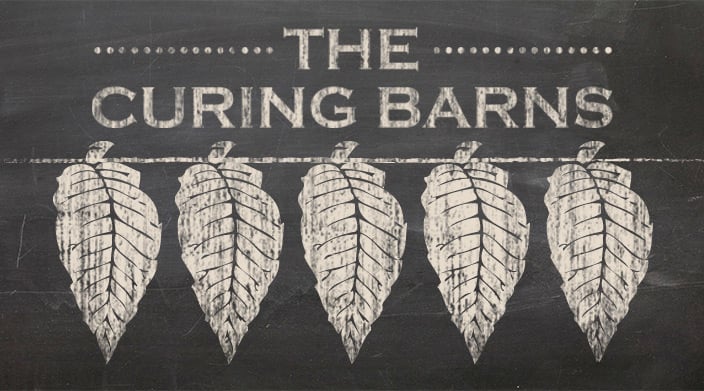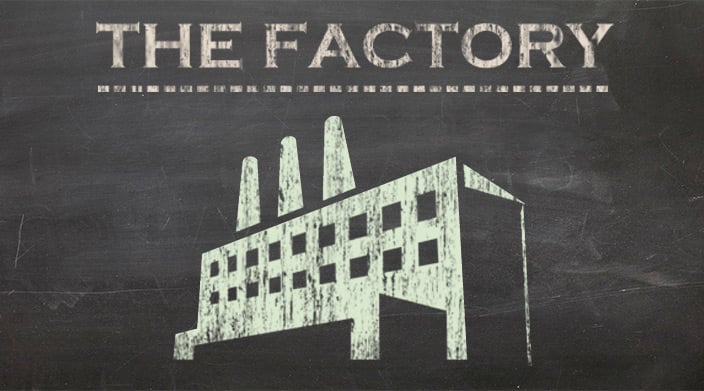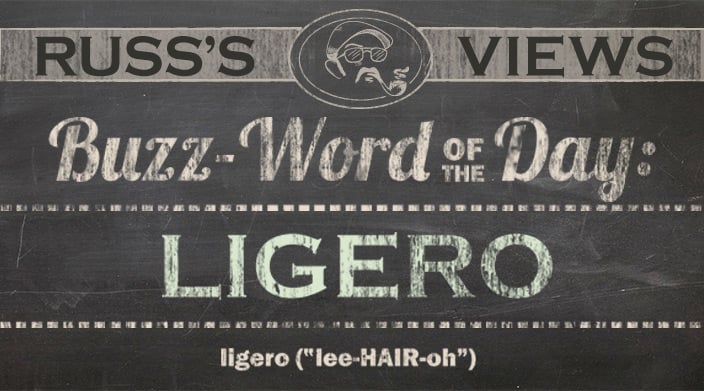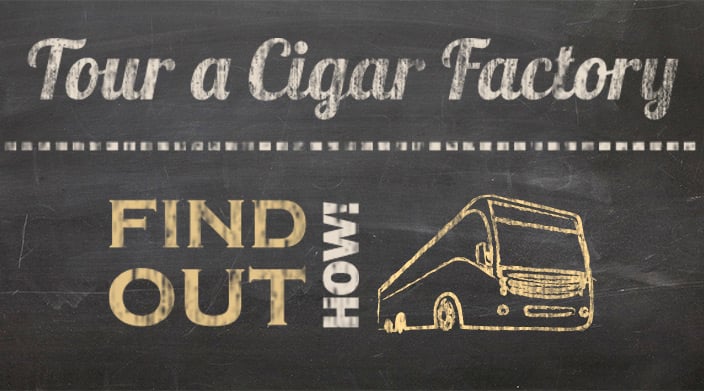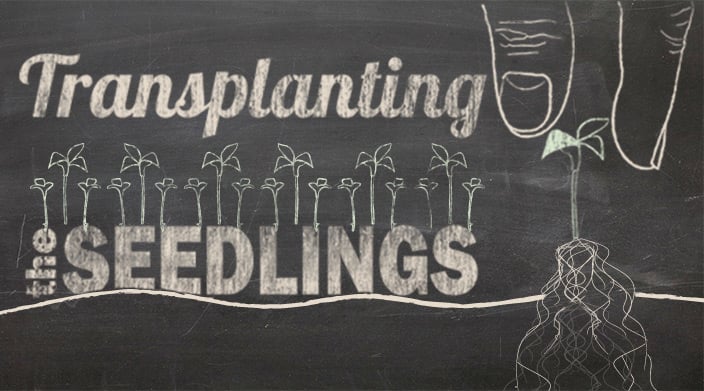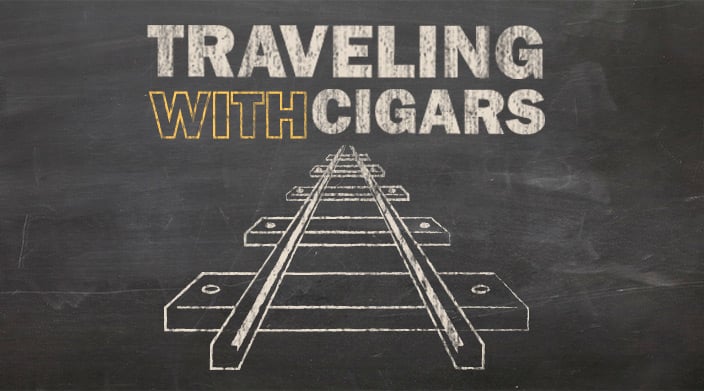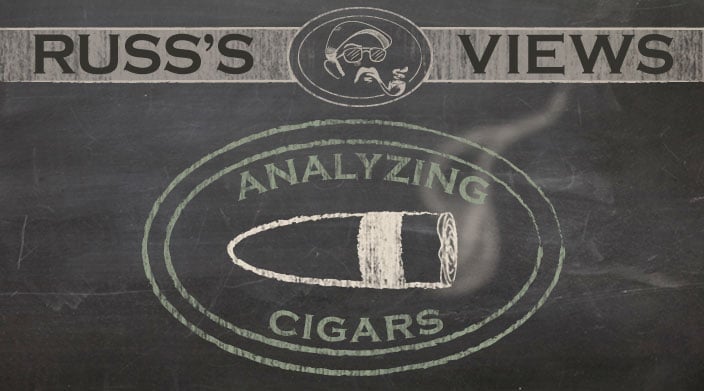Cigar tobacco comes in a variety of strains, and these vary widely depending upon where they’re grown. Therefore, just because a cigar contains, let’s say, corojo, it means little, as corojo grown in one country might be peppery and spicy while corojo from another country may be quite creamy. Here’s a list of some of the most popular types with a brief description.
Corojo- One of the Cuban strains, it can vary from smooth and creamy to very spicy and full bodied. It is grown in most cigar tobacco growing regions, and is a highly sought after leaf at its best.
Criollo- Another of the Cuban strains, it also can be quite different depending upon the country of origin. It can be flavorful, but smooth (as in the CAO Criollo), or very powerful (as in the Joya de Nicaragua Antaño).
Connecticut Shade- This is a light-colored, delicate, yet flavorful leaf that’s grown in the Connecticut Valley and also Ecuador. It’s very expensive and highly sought-after, and is usually used in mellower cigars.
Connecticut Broadleaf- A thicker, more earthy tobacco than its shade-grown cousin, it is typically turned into maduro for use as a wrapper, but is also used as binder and filler.
Costa Rican Maron- This is mostly used as a wrapper leaf, and has a unique “toasty” flavor about it.
San Andres- Frequently made into maduro and used as a wrapper, it is very flavorful, but can range from chocolaty smooth to somewhat peppery.
Sumatra- This one’s another chameleon. Sumatra can range from sweet to tangy, again depending upon where it’s grown.
Brazilian Mata Fina- Rich, woody, sweet, and flavorful, this and its cousin Arapiraca are being used in more and more excellent cigars.
Piloto Cubano, San Vincente, and Olor- These are mostly used for filler, and can vary widely. These are only a few of many, but will give you a bit of insight to the names you’re likely to hear in the descriptions of today’s premium cigars.
Also, where the tobacco is located on the plant will have a bearing on the size and strength. There are three categories:
Volado- These are lowest leaves of the plant and tend to be mellower and larger, as they get the least sunlight and nutrients. They’re mostly used for filler.
Seco- These leaves come from the middle of the plant and get more light and nourishment, so they will be more flavorful. They may be used in any part of the cigar.
Ligero- The top leaves of the plant, they get the most sunlight, and since leaves are harvested from the bottom up, they get more nutrients than the rest of the leaves. Used most frequently in filler and, in more recent times, wrapper.




